Latest information on the case of many students hospitalized after drinking soft drinks at the school gate
The Hanoi Department of Food Safety and Hygiene has promptly reported the results of the investigation and monitoring of food safety incidents in Thanh Oai district.
formation, Binh Minh Secondary School, Sinh Qua village, Binh Minh commune, Thanh Oai district has a total of 1,037 students, the school does not organize boarding meals.
At around 1:20 pm on September 30, at the school gate, a group of strangers distributed free Boncha Honey Tea with peach oolong flavor to students of Binh Minh Secondary School, of which 263 students drank this product.
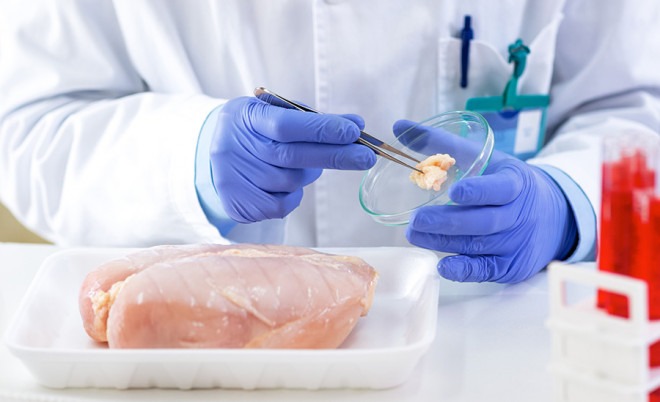 |
| Illustration photo. |
At 2:36 pm the same day, the first student to show symptoms of stomachache and nausea was NHH (class 6A). After that, the school took her to the Commune Health Station and transferred her to Thanh Oai General Hospital.
At 10pm the same day, Thanh Oai General Hospital received 12 more children with the same symptoms of headache, dizziness, nausea, and vomiting from Binh Minh Secondary School. Here, these children were diagnosed and monitored for food poisoning.
As of 9:00 am on October 1, 13 students (including: 1 grade 6 student; 7 grade 7 students; 5 grade 8 students) are in stable health.
Immediately upon receiving the information, the Hanoi Food Safety and Hygiene Department coordinated with relevant units to investigate, monitor and verify the cause of the incident.
Regarding the results of the investigation of related foods, according to the Hanoi Department of Food Safety and Hygiene, the products the students used were Boncha honey tea with peach oolong flavor, volume 450ml, on the product label there is specific product information of Uniben Joint Stock Company, No. 32, VSIP II-A, Road No. 30, Vietnam - Singapore Industrial Park II - A, Vinh Tan Ward, Tan Uyen City, Binh Duong Province, with production date: September 22, 2024, expiration date: September 22, 2025, self-declared number: 01/UNIBEN/2024 in accordance with QCVN 6-2:2010/BYT.
In addition to the above product, there is also C2 water with pink guava and passion fruit flavor, volume 450ml, product of URC Vietnam Co., Ltd., No. 42 VSIP Tu Do Avenue, Vietnam - Singapore Industrial Park, An Phu Ward, Than An City, Binh Duong Province; manufactured at: URC Vietnam Co., Ltd., Factory 1: No. 26, Road No. 6, Vietnam - Singapore Industrial Park, An Phu Ward, Thuan An City, Binh Duong Province. Factory 2: No. 42 VSIP Tu Do Avenue, Vietnam - Singapore Industrial Park, An Phu Ward, Than An City, Binh Duong Province.
By 6:30 pm on September 30, authorities had collected 234 bottles of Boncha honey tea with peach oolong flavor and 2 bottles of C2 water with pink guava and passion fruit flavor, of which 98 bottles had been used and 136 bottles remained unused.
The interdisciplinary inspection team of Thanh Oai district sealed and handed over to the district police.
The investigation team also took two samples of the above products and sent them to the National Institute for Food Safety and Hygiene for testing, but the results are not yet available.
From this incident, the representative of the Hanoi Department of Food Safety and Hygiene requested to continue to monitor and supervise the health of students. At the same time, step up propaganda for the community and parents of students about the knowledge of using products of unknown origin. When there are signs of suspected use of unsafe food, it is necessary to go to a medical facility immediately for timely examination and treatment.
In addition, relevant units need to continue to implement the contents according to the functions and tasks in Plan No. 3527/KH-SYT dated July 30, 2024 of the Hanoi Department of Health on the topic "Strengthening food safety control in and around school gates in Hanoi city".
Previously, Hanoi also had an incident where many students at Nguyen Quy Duc Secondary School (Nam Tu Liem District) had headaches and nausea after eating a type of candy of unknown origin with foreign-printed packaging. These students did not eat lunch or take a nap at school.
According to the students, on the way to school, these students bought a type of candy (unknown origin, green candy wrapper, foreign writing) and shared it. About 45 minutes after finishing eating, the students showed signs of fatigue, headache, and nausea.
According to the reporter's observations at some schools in Hanoi, at the school gate, it is easy to see stalls and carts selling a variety of snacks, inviting students after school.
The candies and snacks only have foreign labels, each priced from 5,000 VND/package. The common characteristics of these foods are that they either have no labels, or have labels in foreign languages, no secondary labels in Vietnamese, are sold openly and are poorly covered.
When asked about the origin of these skewers, the seller said that it was unclear where these items came from because they were imported in large quantities and were delivered to their homes by processing factories.
Health experts warn that the types of food and drinks sold at school gates are very diverse, colorful, cheap and attractive to children such as hot dogs, spicy sticks, coconut jelly, carbonated soft drinks... springing up like mushrooms in the area around schools.
Most of these have no labels or have foreign labels. The prices of these snacks are also very cheap for students, only 1,000-5,000 VND each.
It is thought that street food attracts diners because it is cheap and easily accessible. However, experts also say that cheap prices come with many potential risks.
According to medical experts, all foods of unknown origin, not preserved and processed according to food safety and hygiene standards can cause poisoning to consumers.
Figures from the Food Safety Department, Ministry of Health show that up to 70-80% of street food, including school gate snacks, are identified as being contaminated with bacteria such as E.coli, causing diarrhea and intestinal diseases.
In addition to the risk of acute poisoning, causing diarrhea, vomiting, headaches, difficulty breathing, etc., foods of unknown origin, improperly produced and sold near school gates also pose many long-term health risks that do not immediately manifest themselves, causing chronic diseases such as obesity, cardiovascular disease, diabetes, and even cancer.
To limit the risk of children coming into contact with strange candies that can affect their health, parents should absolutely not give their children money to buy snacks at school.
Dr. Nguyen Trung Nguyen, Director of the Poison Control Center, Bach Mai Hospital, said that parents need to limit snacks for children, remind children to eat foods with clear origins, and not to eat or drink strange foods outside the school area. Because these products pose a potential risk of food safety and hygiene, causing poisoning.
In case children eat strange candies and show signs of excitement, irritation, headache or nausea, teachers and parents should immediately take the children to medical facilities.
When children bring strange candy products home, parents need to observe and should not let them eat it. If children have eaten strange candy, parents should closely monitor their child's behavior.
Normally, if there is a problem with the food, the child will have reactions and symptoms about 15 - 30 minutes after eating. If you see symptoms such as stomach ache, nausea, diarrhea, or signs of irritation, fatigue, or breathing difficulty, you need to take the child to the nearest medical facility for treatment by doctors.
Nowadays, there are many types of strange, eye-catching candies, not only at risk of poisoning but more dangerously, they can also contain addictive substances, which are extremely dangerous for young children.
A representative of Bach Mai Hospital said that in the past, the Center had received many patients poisoned by using drugs in the form of food such as cakes, candies, and soft drinks.
Using food containing drugs can lead to immediate poisoning such as nervous confusion, coma, convulsions, mental disorders; arrhythmia, high blood pressure, low blood pressure, respiratory failure... even leading to death.
In addition, marijuana poisoning through inhalation or ingestion can lead to decreased motor coordination, impaired judgment, central nervous system depression, and impaired consciousness.
In particular, children can fall into a coma for up to 36 hours if they consume cakes, candies, and soft drinks containing this substance. Synthetic drugs are expensive, but candy containing drugs is often made from non-pure, cheap substances.
"The purpose of bad guys is to lure students into using cheap cakes, candies, and soft drinks, then move on to more expensive products," Dr. Nguyen Trung Nguyen added.
Therefore, doctors recommend that parents should not give their children money to limit the risk of children unsafe buying snacks sold in front of school gates.
Source: https://baodautu.vn/thong-tin-moi-nhat-ve-vu-nhieu-hoc-sinh-nhap-vien-sau-khi-duong-nuoc-ngot-o-cong-truong-d226371.html



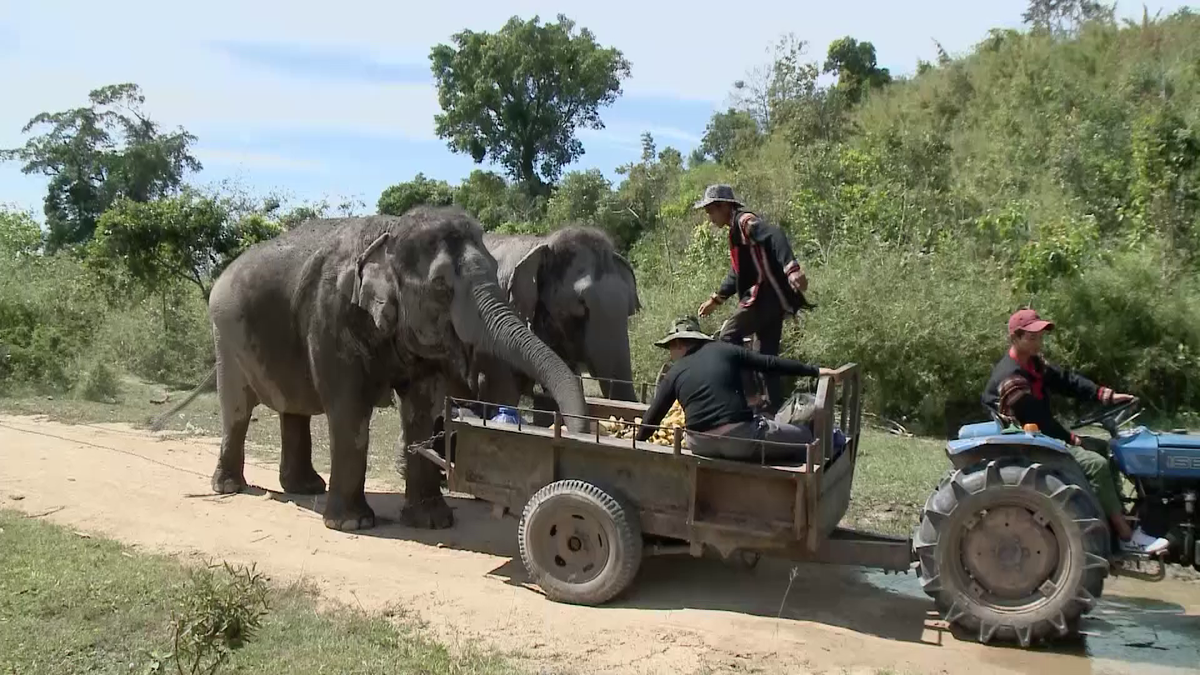




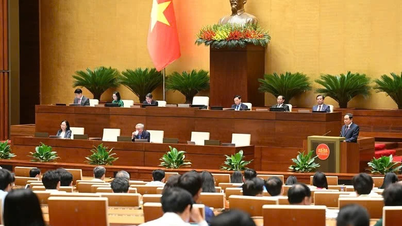

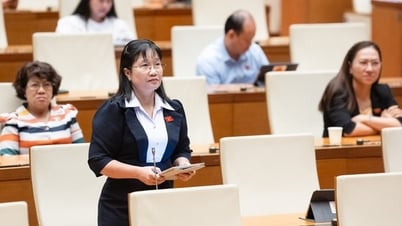





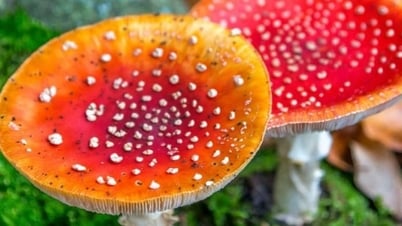
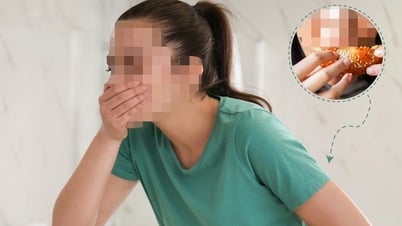

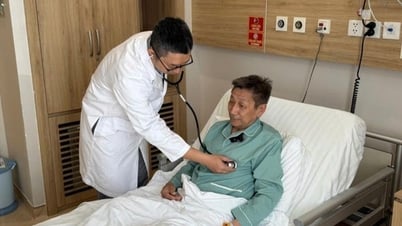
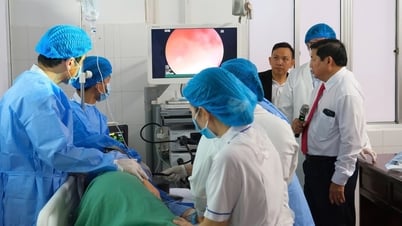
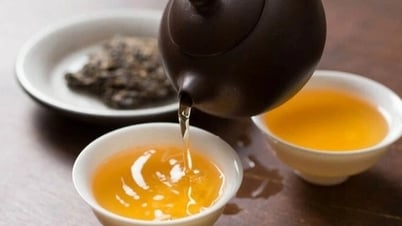
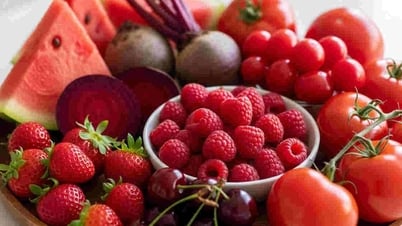
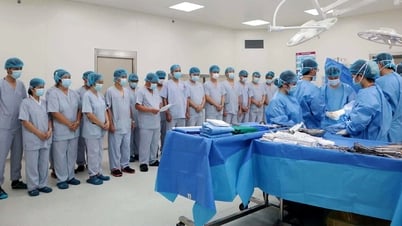








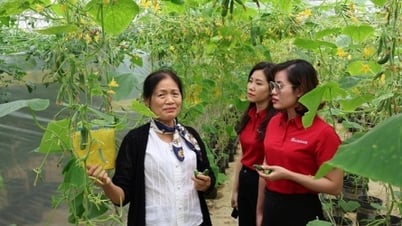

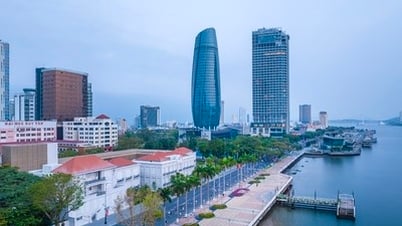

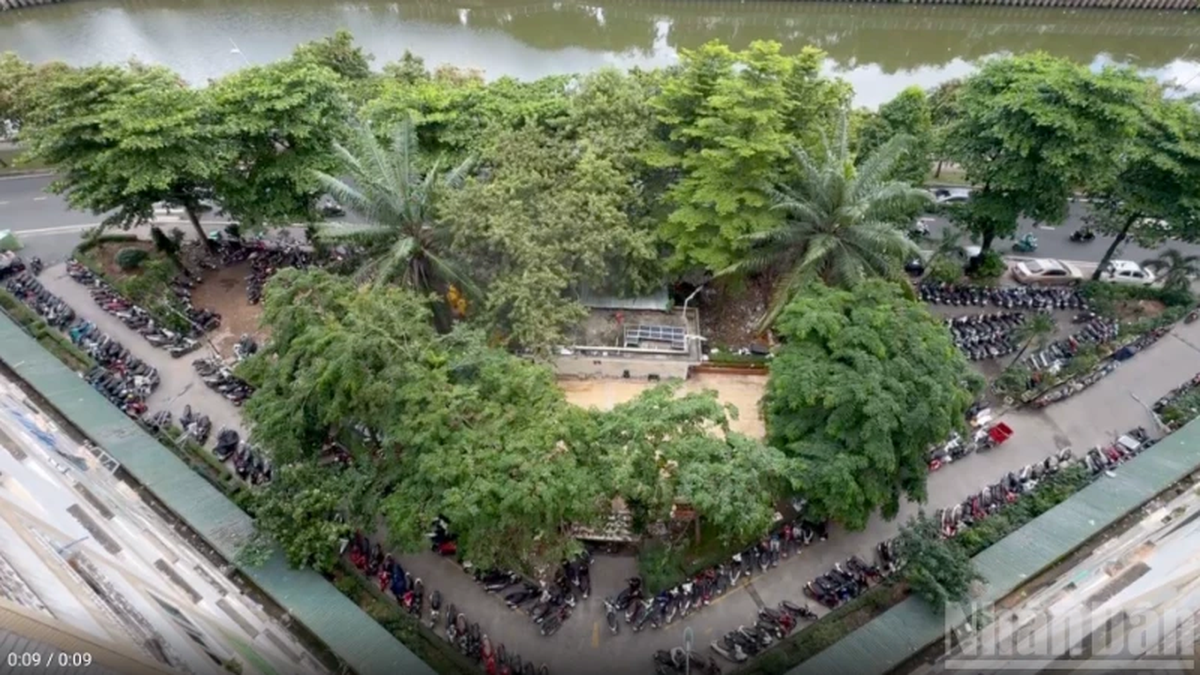



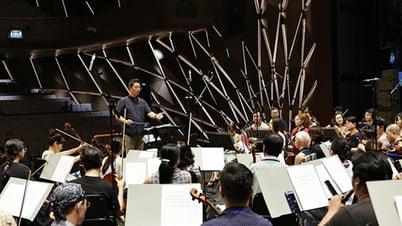





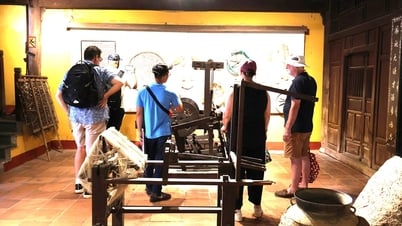




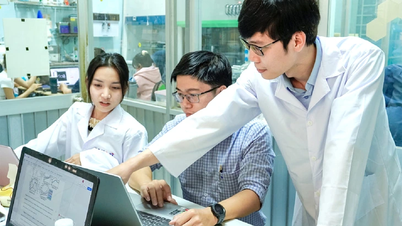



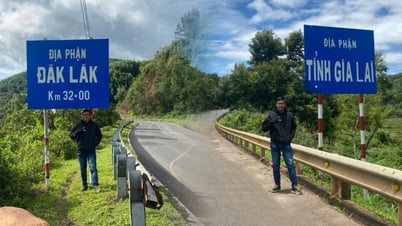


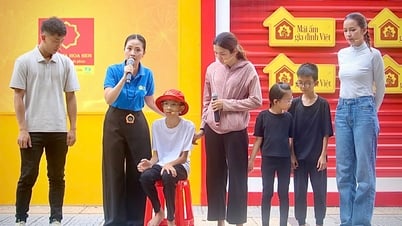
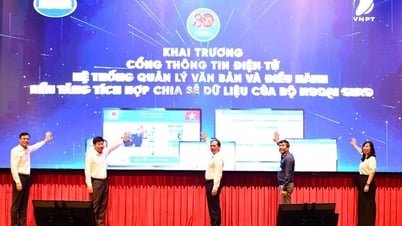


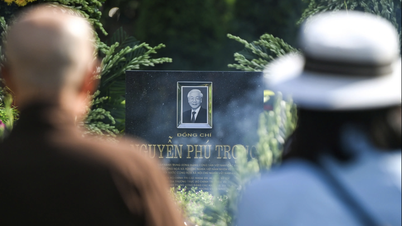

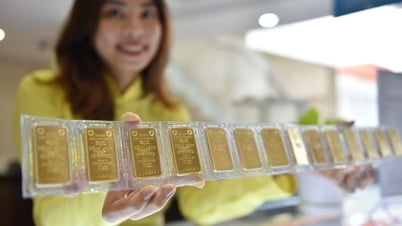




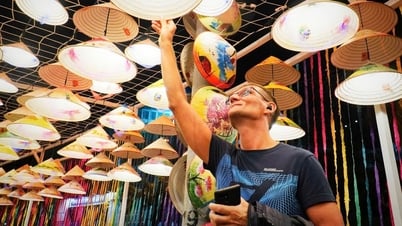




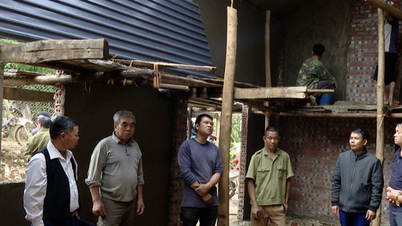
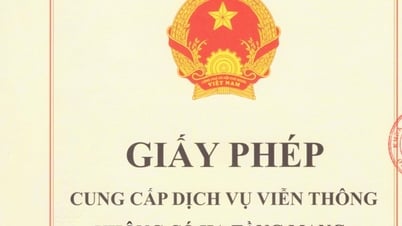




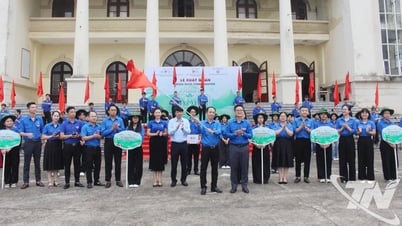

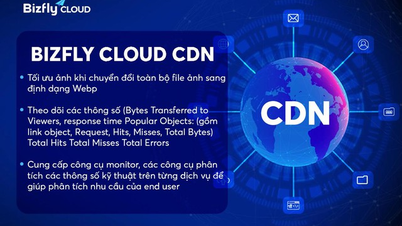

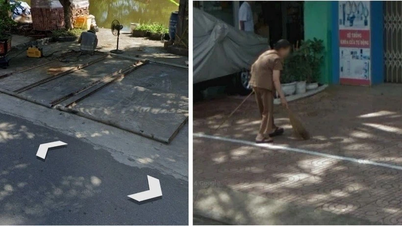

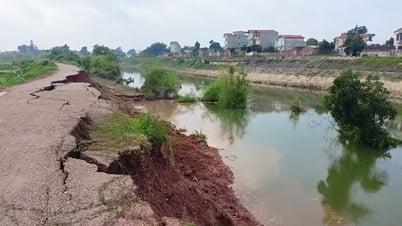

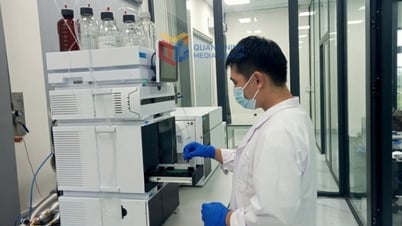

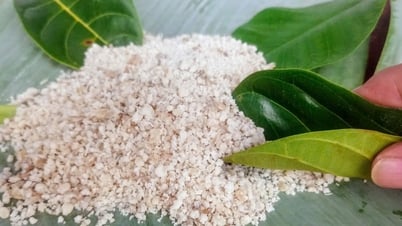
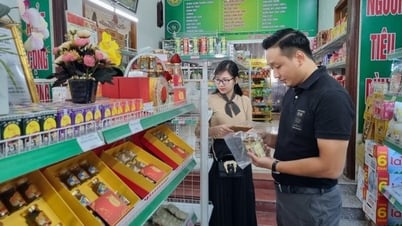
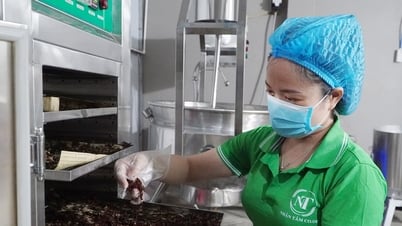

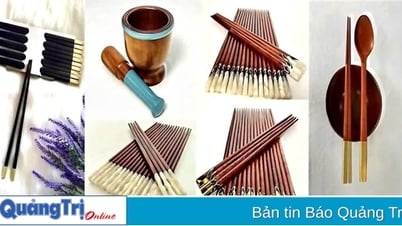

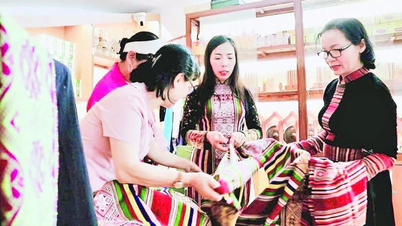







Comment (0)